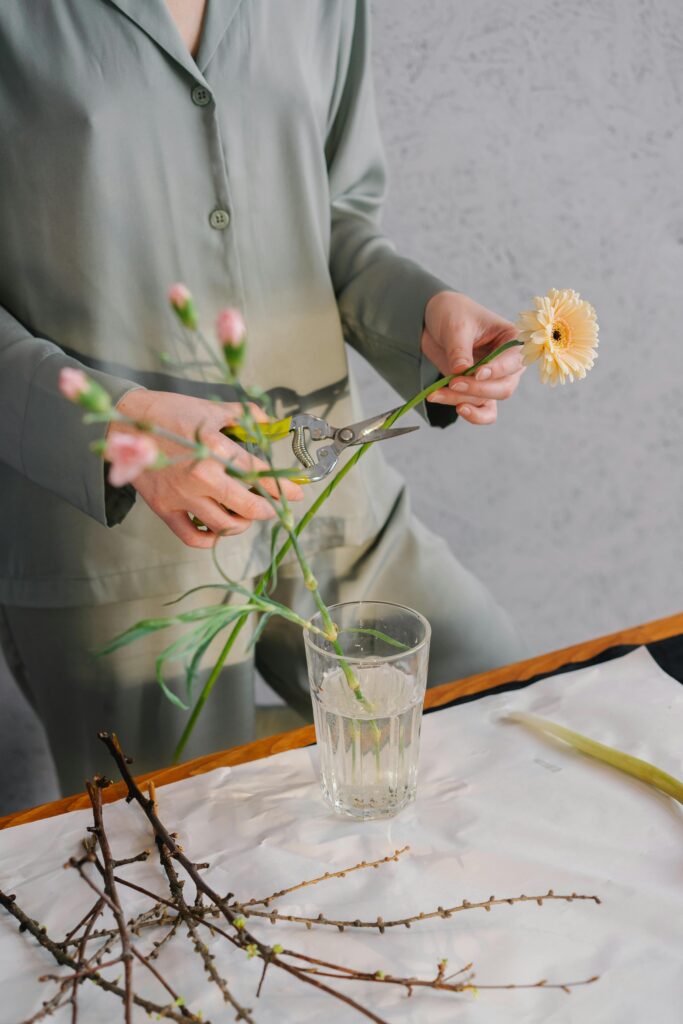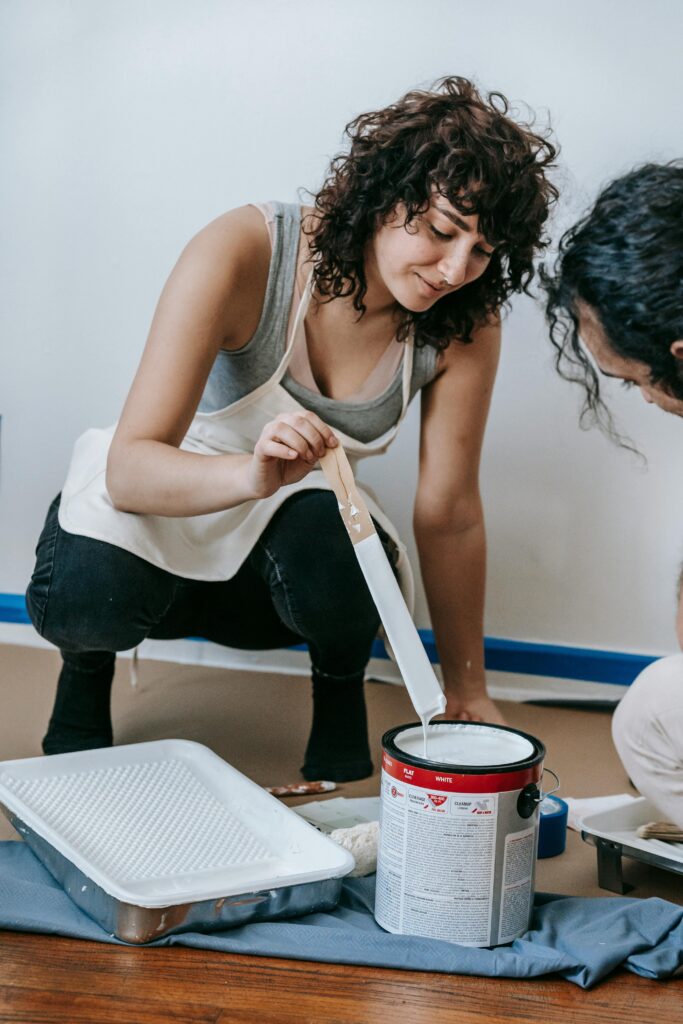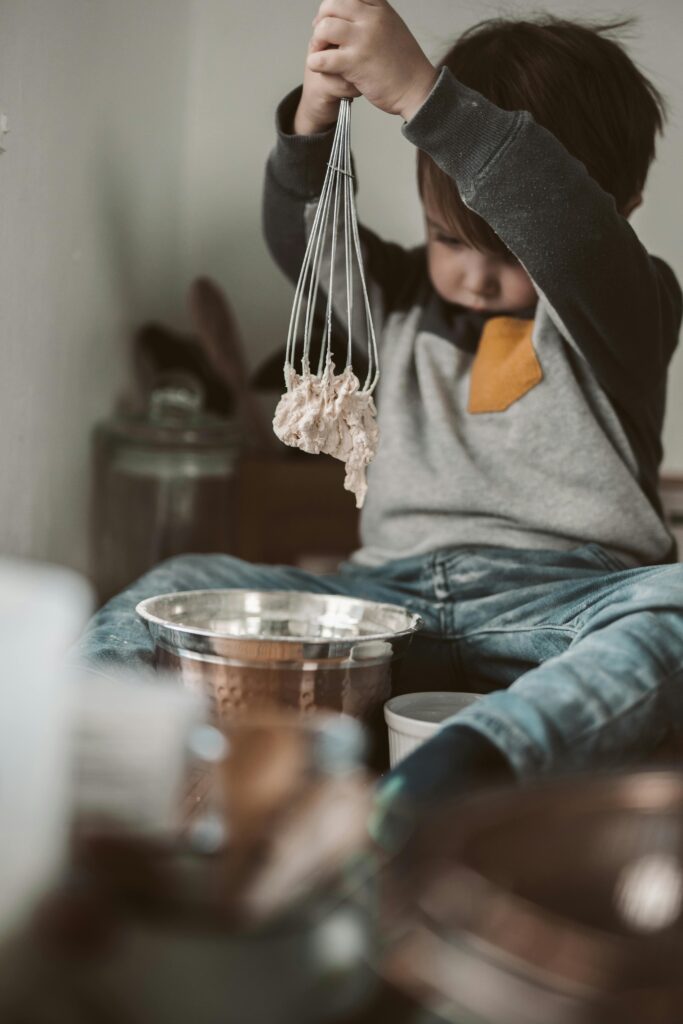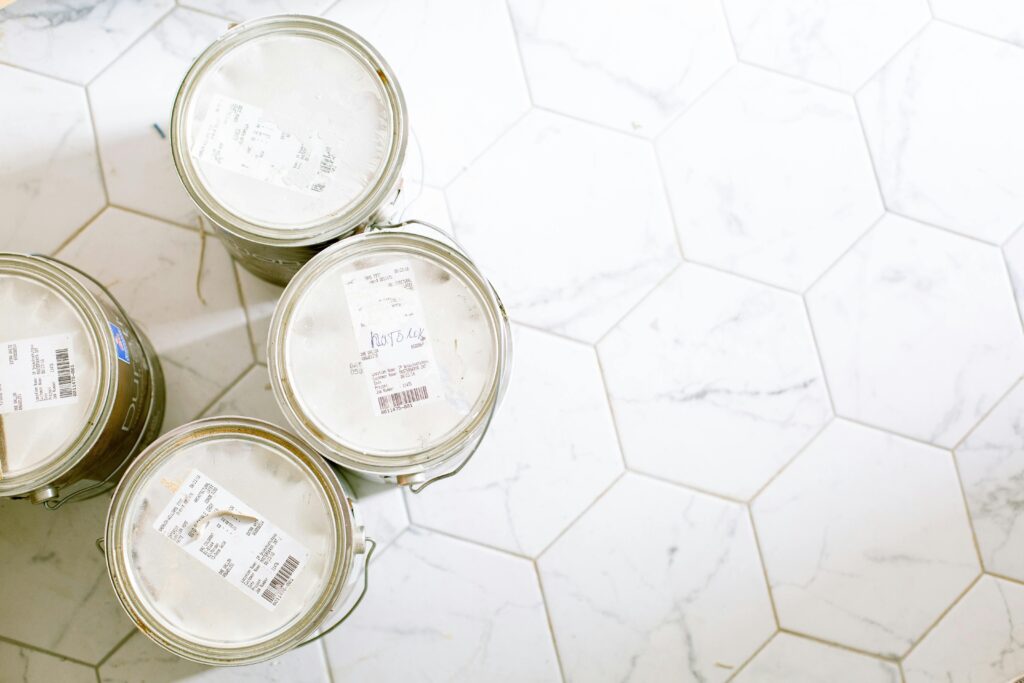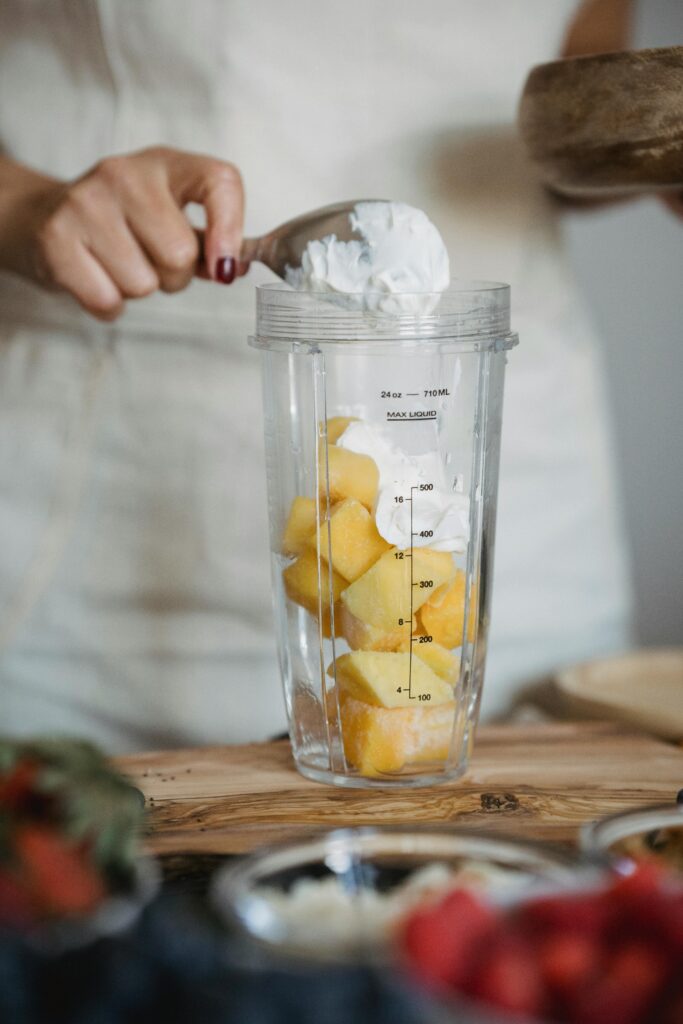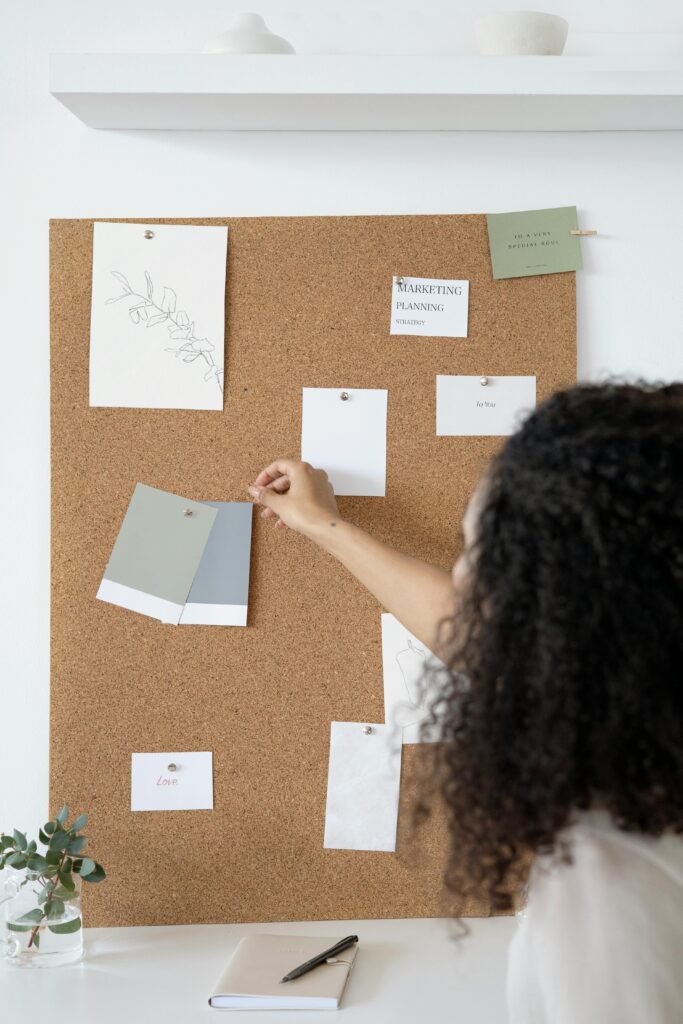Effective DIY Natural Remedies for Common Household Problems
DIY Natural Remedies for Common Household Problems Maintaining a clean and comfortable home doesn’t have to rely on harsh chemicals or expensive products. By embracing DIY natural remedies, you can address everyday household issues in an eco-friendly and cost-effective manner. From eliminating stubborn odors to tackling pesky pests and removing tough stains, home DIY solutions offer safe alternatives that are both effective and sustainable. In this guide, we’ll explore common household problems and provide you with practical natural remedies to keep your home thriving. Common Household Problems Every home faces a variety of challenges that can disrupt the comfort and cleanliness of your living space. Some of the most common household problems include: Unpleasant odors lingering in the kitchen or bathroom Insect and pest infestations such as ants, mosquitoes, and gnats Stubborn stains on fabrics, carpets, and surfaces Mold and mildew growth in damp areas High levels of indoor allergens like dust and pet dander Addressing these issues promptly with natural remedies not only improves the hygiene of your home but also promotes a healthier living environment for you and your family. Natural Remedy Ideas Here are some effective DIY natural remedies to tackle the most common household problems: Eliminating Unpleasant Odors Baking Soda Deodorizers: Baking soda is a powerful odor absorber. Place open containers of baking soda in areas prone to smells, such as refrigerators, closets, and bathrooms. Lemon and Vinegar Cleaner: A mixture of lemon juice and white vinegar can neutralize odors while also cleaning surfaces. Essential Oil Air Fresheners: Combine water with your favorite essential oils in a spray bottle for a natural air freshener. Controlling Pests Naturally Homemade Gnat Spray: Use essential oils like eucalyptus and peppermint mixed with water to create a natural repelant spray. Diatomaceous Earth: Sprinkle diatomaceous earth around entry points to deter ants and other insects. Herbal Repellents: Plant herbs such as basil, mint, and lavender around your home to naturally repel pests. Removing Stubborn Stains White Vinegar Solution: White vinegar is effective for removing wine, coffee, and other organic stains from fabrics and carpets. Hydrogen Peroxide and Baking Soda: This combination works well on tough stains like blood and grease. Lemon Juice and Salt: Perfect for brightening stained clothes and removing rust spots from surfaces. Ingredients To create these DIY natural remedies, you’ll need a few basic ingredients that are often already available in your kitchen or can be easily purchased. Here’s a list of common ingredients used in the remedies mentioned: Baking Soda: A versatile household staple known for its odor-absorbing and cleaning properties. White Vinegar: An excellent natural cleaner and deodorizer. Essential Oils: Oils like lavender, peppermint, and eucalyptus add fragrance and have insect-repellent properties. Lemon Juice: A natural bleaching agent and deodorizer. Hydrogen Peroxide: Effective for removing tough stains and disinfecting surfaces. Diatomaceous Earth: A natural pest control agent that is safe for humans and pets. Salt: Useful for scrubbing and stain removal. Step-by-Step Guide Let’s dive into detailed instructions for a few of these home DIY solutions to help you get started with natural remedies in your household. 1. Baking Soda Deodorizer for the Refrigerator Ingredients: 1 box of baking soda Step-by-Step Guide: Open the box of baking soda and leave it standing in the back of your refrigerator. Replace the box every three months to ensure continuous odor absorption. You can also sprinkle some baking soda on a small plate and place it in the fridge for enhanced odor control. 2. Homemade Gnat Spray Ingredients: 1 cup of water 10 drops of eucalyptus essential oil 10 drops of peppermint essential oil Step-by-Step Guide: Pour the water into a spray bottle. Add the eucalyptus and peppermint essential oils. Shake well to combine the ingredients. Spray the mixture around areas where gnats are present, such as kitchen counters and bathroom sinks. Reapply daily or as needed to maintain pest control. 3. Lemon and Vinegar All-Purpose Cleaner Ingredients: 1 cup of white vinegar 1/2 cup of lemon juice 1 cup of water Spray bottle Step-by-Step Guide: Combine white vinegar, lemon juice, and water in a spray bottle. Shake well to mix the ingredients thoroughly. Spray the solution onto surfaces such as countertops, sinks, and tiles. Wipe clean with a cloth or sponge. 4. Hydrogen Peroxide and Baking Soda Carpet Cleaner Ingredients: 1 cup of hydrogen peroxide 2 tablespoons of baking soda 1 teaspoon of dish soap Spray bottle Step-by-Step Guide: In a spray bottle, combine hydrogen peroxide, baking soda, and dish soap. Shake the bottle gently to ensure all ingredients are well mixed. Spray the mixture directly onto the stained area of the carpet. Allow it to sit for about 15 minutes to penetrate the stain. Blot the area with a clean cloth or paper towel to absorb the cleaner and lift the stain. For persistent stains, repeat the process until the stain is fully removed. 5. Diatomaceous Earth Ant Barrier Ingredients: Food-grade diatomaceous earth Gloves Dust mask (optional) Step-by-Step Guide: Wear gloves to protect your hands and a dust mask to avoid inhaling the powder. Sprinkle a thin layer of diatomaceous earth around entry points such as windows, doors, and baseboards. Focus on areas where ants or other pests are commonly seen. The diatomaceous earth will create a barrier that dehydrates and deters pests effectively. Reapply after cleaning or heavy rainfall to maintain the barrier. Additional Tips for Effective DIY Home Solutions Implementing DIY natural remedies is a great way to maintain your home’s cleanliness and comfort. Here are some additional tips to enhance the effectiveness of your home DIY solutions: Regular Maintenance: Consistently using these remedies will prevent issues from becoming overwhelming. Proper Storage: Keep your homemade solutions in labeled containers to ensure easy access and safe usage. Experiment with Scents: Customize your remedies with different essential oils to create pleasant aromas tailored to your preferences. Safety First: Always test a small area before applying any solution to avoid potential damage to surfaces or fabrics. Combine with Other Projects: Pair your natural remedies with other creative
